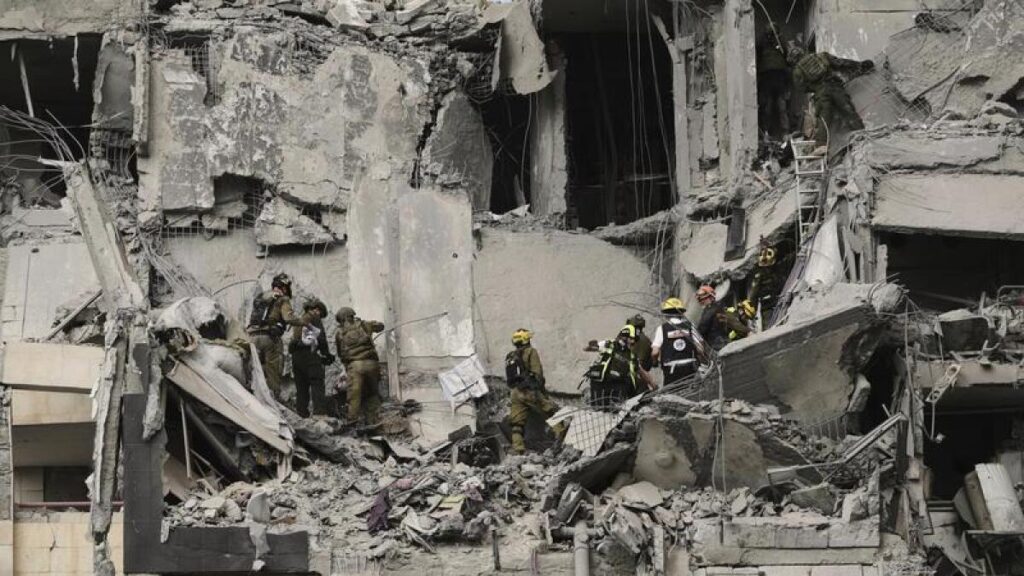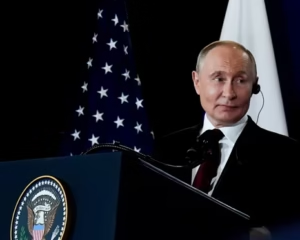After Overnight Attacks That Claimed Lives, Trump Announces Iran‑Israel Truce Is Active

U.S. President Donald Trump announced early Tuesday that a ceasefire agreement between Israel and Iran had officially taken hold, signaling a potential pause in a volatile two-week conflict that had drawn in multiple regional players. Although both Iranian and Israeli outlets initially confirmed the ceasefire’s implementation, confusion soon followed, with accusations of violations surfacing within hours.
Speaking from the White House, Trump hailed the truce as a diplomatic breakthrough and credited mediation efforts—particularly from Qatar—for helping de-escalate tensions. According to senior U.S. officials, Israel had agreed to halt its offensive under the condition that Iran cease attacks within Israeli territory. Iran, reportedly, accepted those terms through Qatari intermediaries.
However, the fragile calm quickly unraveled. By Tuesday afternoon, Israeli Defense Minister Israel Katz declared that Iran had violated the terms of the ceasefire by launching missiles into Israeli territory. Katz claimed that the Israeli military had intercepted two incoming missiles and warned of severe retaliation.
“I have ordered the IDF, in coordination with the Prime Minister, to continue intensive operations targeting the regime and terror infrastructure in Tehran,” Katz stated in a press briefing. He labeled Iran’s actions as a “clear and utter violation” of the ceasefire announced by President Trump.
Iran denied that it had broken the truce, raising questions about whether rogue actors, technical misfires, or miscommunication could be behind the alleged missile launches. The lack of clarity underscored just how precarious the situation remains, despite the formal agreement.
The ceasefire follows 12 days of escalating violence between the two longtime adversaries, during which Israel targeted Iranian infrastructure across the region and Iran retaliated with missile attacks on U.S. and Israeli military sites. While damage and casualties have been limited compared to what many feared, the potential for renewed conflict remains high.
Israeli domestic reactions to the ceasefire have been sharply divided. Some lawmakers praised what they characterized as significant military and intelligence accomplishments during the campaign, while others argued that Israel should now shift its focus toward ending the war in Gaza and securing the release of hostages.
Avigdor Lieberman, former defense minister and leader of the Yisrael Beiteinu party, warned that “there is nothing more dangerous than leaving a wounded lion behind.” He called the campaign a military success but expressed concern that the ceasefire might lead to a drawn-out and ineffective negotiation process instead of an outright Iranian defeat.
Opposition leader Yair Lapid echoed those sentiments but took a different stance. He urged the government to use the ceasefire as an opportunity to wind down its military operations in Gaza. “This is the moment to close that front, to bring our hostages home, and to begin rebuilding,” Lapid said.
Yair Golan, head of the Democrats party, emphasized the need for strict enforcement of the ceasefire terms, including firm measures if Iran resumes its nuclear ambitions. He also advocated for ending the Gaza conflict, arguing that Israel has already achieved its primary objectives in Iran.
Finance Minister Bezalel Smotrich, representing the far-right, framed the ceasefire as a historic victory for Israel. He described the Iranian threat as “an immediate existential danger that has now been eliminated” and called for renewed focus on eliminating Hamas in Gaza.
While the ceasefire remains technically in place, its future is uncertain. With both sides issuing conflicting narratives and preparing for potential renewed combat, the coming hours and days will determine whether this diplomatic pause leads to lasting peace—or sets the stage for another round of conflict.







